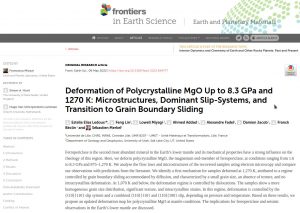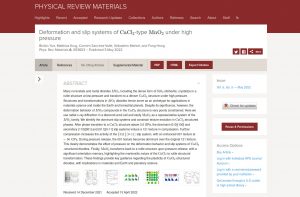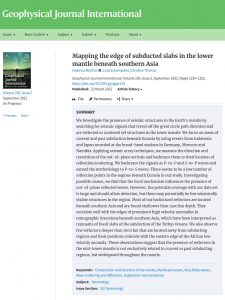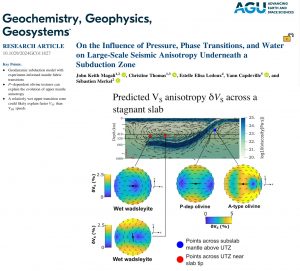 We have a new publication ! In his work published in AGU’s Geochemistry, Geophysics, Geosystems, J.K. Magali investigates the Influence of Pressure, Phase Transitions, and Water on Large-Scale Seismic Anisotropy Underneath a Subduction Zone.
We have a new publication ! In his work published in AGU’s Geochemistry, Geophysics, Geosystems, J.K. Magali investigates the Influence of Pressure, Phase Transitions, and Water on Large-Scale Seismic Anisotropy Underneath a Subduction Zone.
In fact, subduction deep inside the Earth’s mantle causes the surrounding mantle to deform according to the movement and pressure exerted by the plates. This influences the alignment of minerals making up the mantle, which in turn, affects the speed and direction of seismic waves known as seismic anisotropy.
In this publication, we investigate the role of pressure in the upper mantle and water in the transition zone on large‐scale seismic anisotropy across a subduction zone. In the upper mantle, we show that the patterns of anisotropy at places where deformation is presumed to be large are affected by changes in pressure. In the transition zone, anisotropy tends to favor a wetter environment.
Want to know more ? The full reference is here : Magali, J. K., Thomas, C., Ledoux, E. E., Capdeville, Y., & Merkel, S. (2025). On the influence of pressure, phase transitions, and water on large-scale seismic anisotropy underneath a subduction zone. Geochemistry, Geophysics, Geosystems, 26, e2024GC011827. https://doi.org/10.1029/2024GC011827.




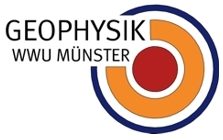

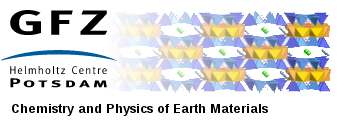



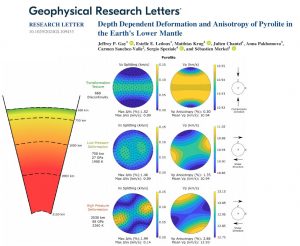

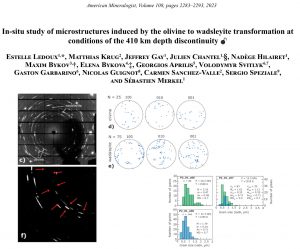 The TIMEleSS team has a new publication! In the December 2023 issue of American Mineralogist, former TIMEleSS student Estelle Ledoux present an
The TIMEleSS team has a new publication! In the December 2023 issue of American Mineralogist, former TIMEleSS student Estelle Ledoux present an 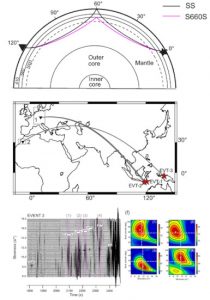
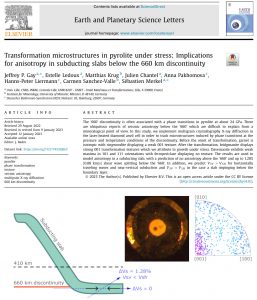 New year, and new publication for the TIMEleSS team! Former timeless PhD student Jeff Gay is the first author of
New year, and new publication for the TIMEleSS team! Former timeless PhD student Jeff Gay is the first author of 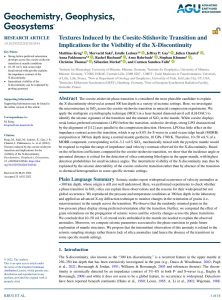 September 2022 is a good month for the TIMEleSS project: we have a second publication in the journal Geochemistry, Geophysics, Geosystems by the American Geophysical Union!
September 2022 is a good month for the TIMEleSS project: we have a second publication in the journal Geochemistry, Geophysics, Geosystems by the American Geophysical Union! 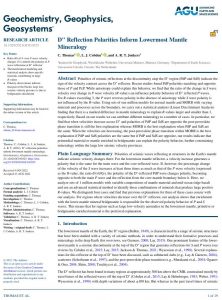 The TIMEleSS project has a new paper in September 2022! TIMEleSS PI C. Thomas is the first author of a publication entitled
The TIMEleSS project has a new paper in September 2022! TIMEleSS PI C. Thomas is the first author of a publication entitled 